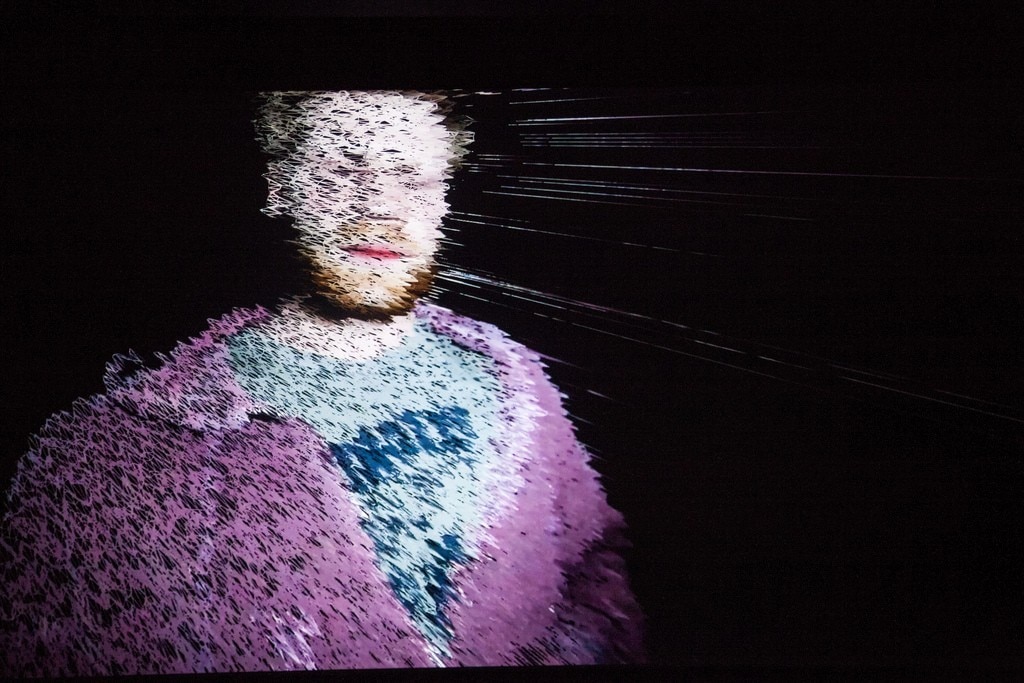Resonate was founded in 2012 by Magnetic Field B and the Creative Applications network, in an attempt to provide the visual arts world with a new platform for discussion. The event focuses on the role of technology in art and culture, and especially on the connections between the disciplines that these areas involve. The 2013 edition took place from March 21 to 23 in the Dom Omladine cultural space, close to the city’s Republic Square. More than 1200 visitors attended the event, which was already sold out several days before the opening.
The first day was devoted to a rich and varied assortment of workshops – open to all selected participants – regarding the analysis of the available tools (hardware and software) for video mapping, data visualization on different media, the design of cross-platform applications, or even the choreography of (flying) drones.
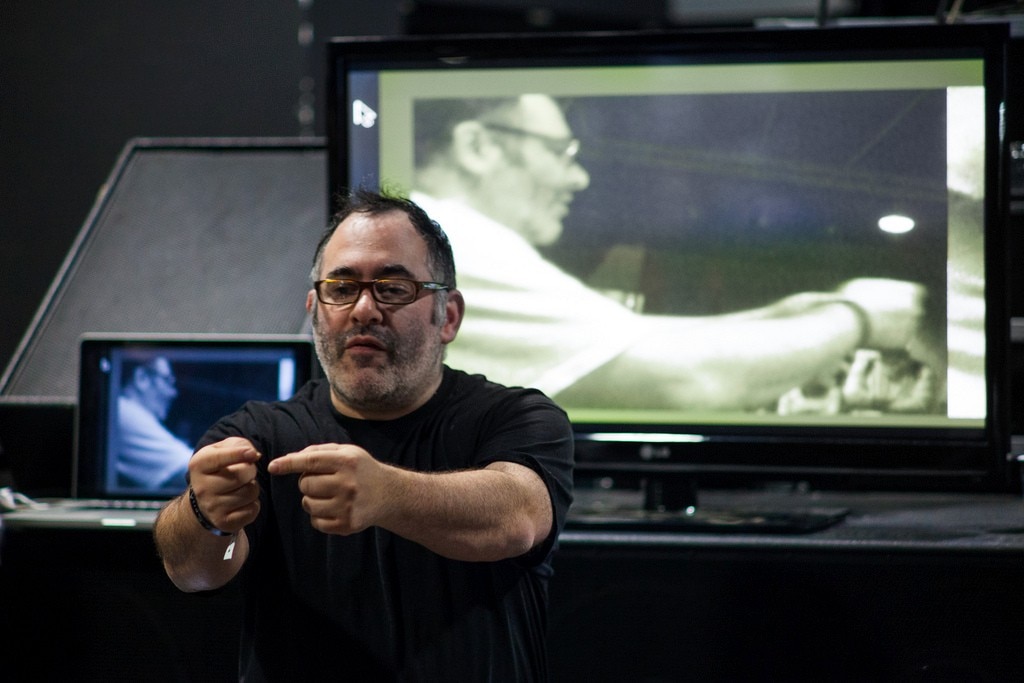
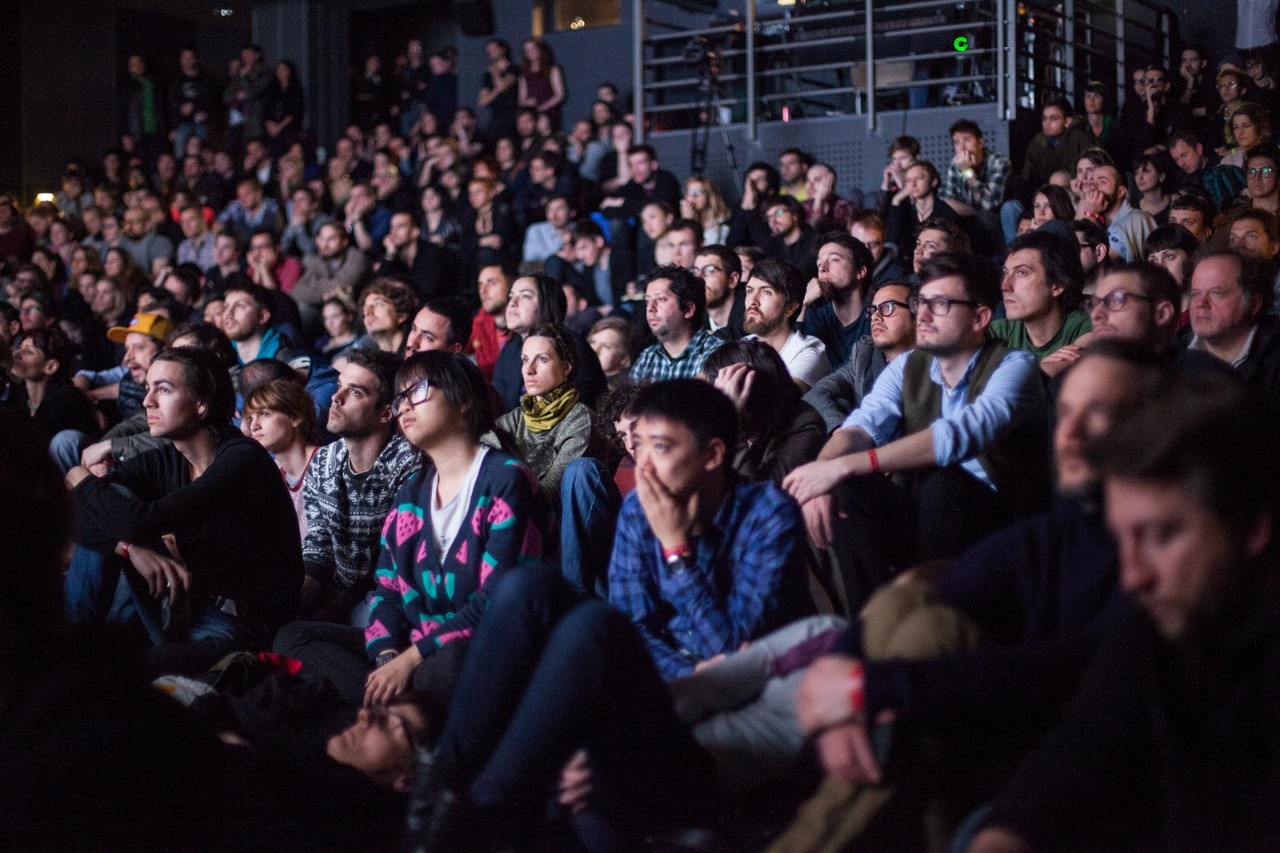
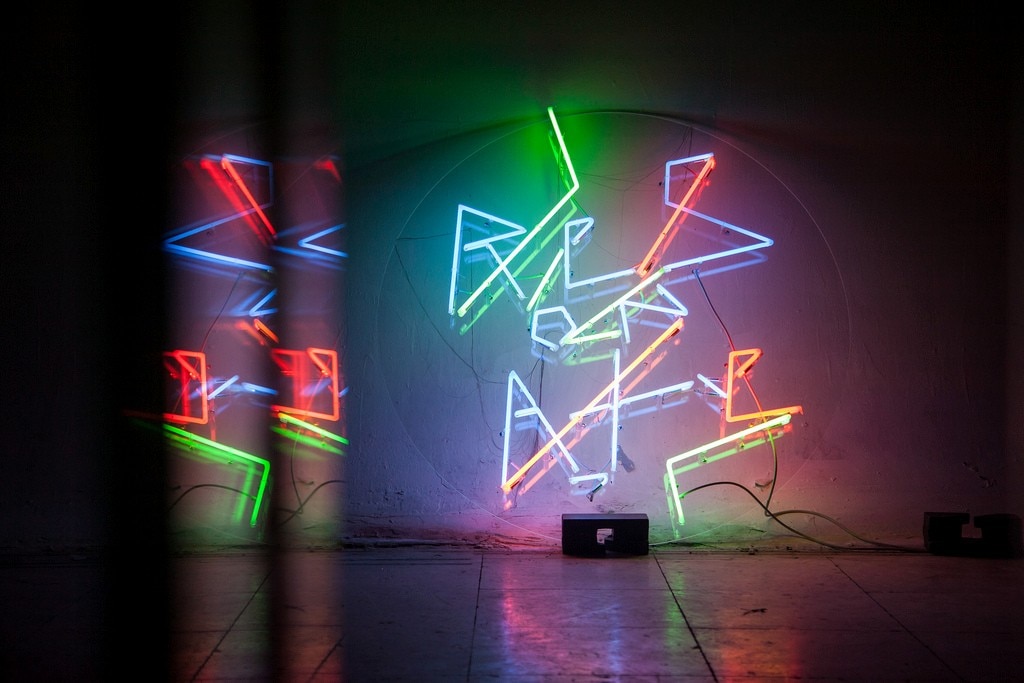
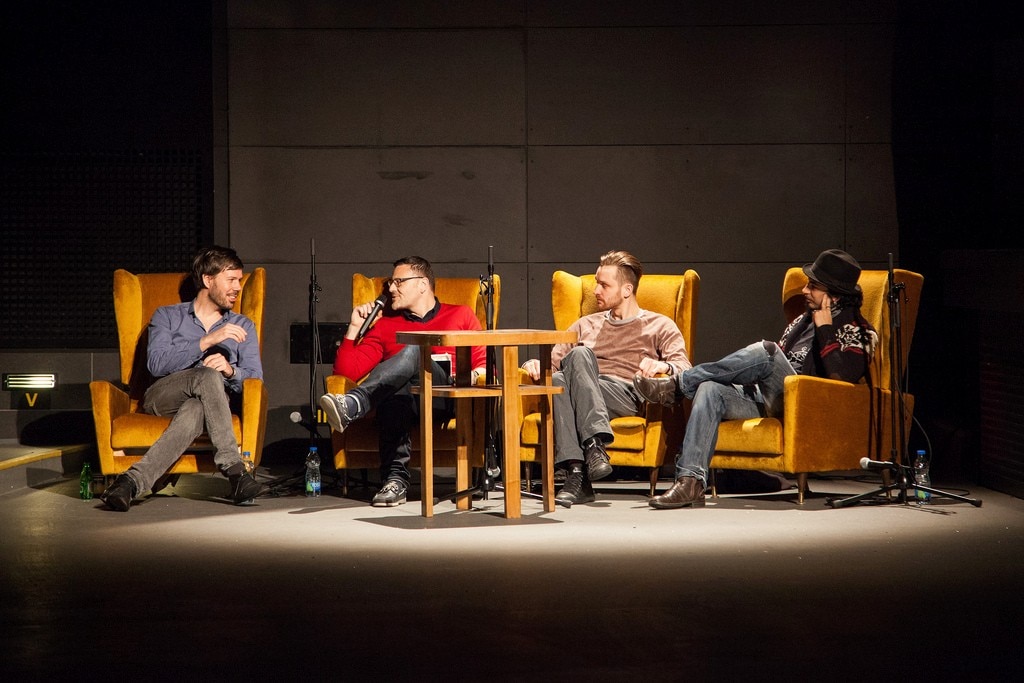
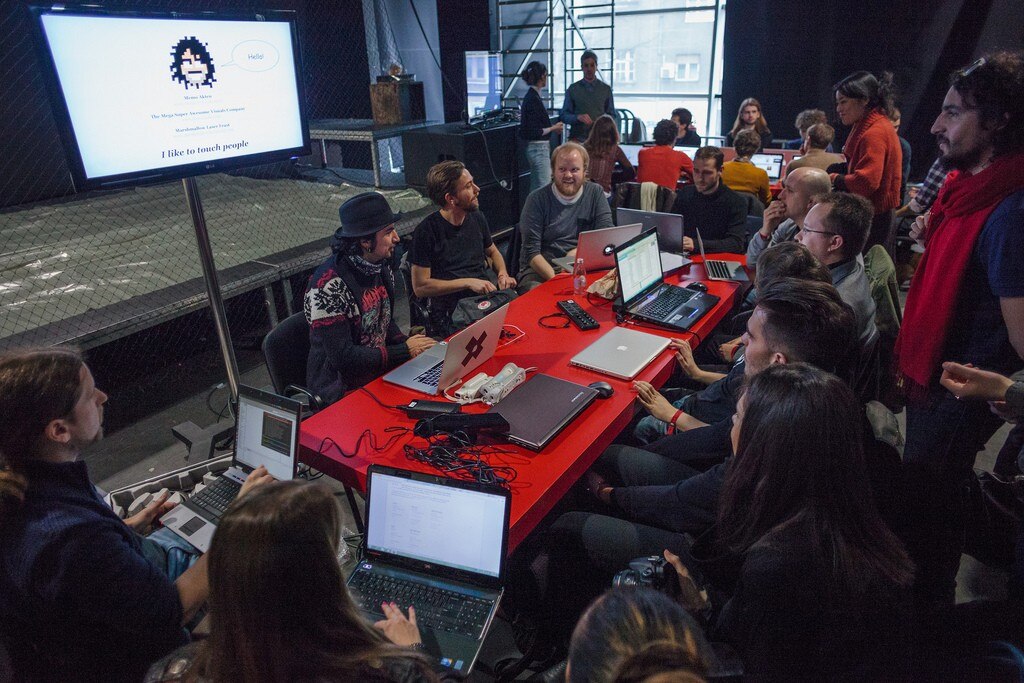
It became evident that childlike curiosity is fundamental in developing languages and tools. Many festival speakers dared to compare their more mature projects with images from their childhoods, so it is no coincidence that a statement by Carl Sagan’s was heard several times during the festival: "Every kid starts out as a natural-born scientist, and then we beat it out of them. A few trickle through the system with their wonder and enthusiasm for science intact." Roberto Arista

